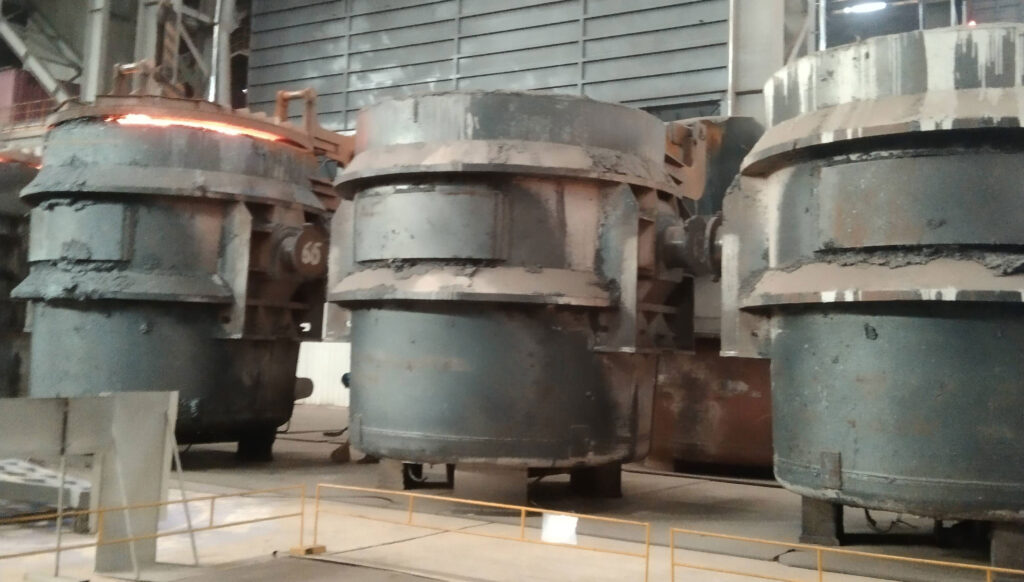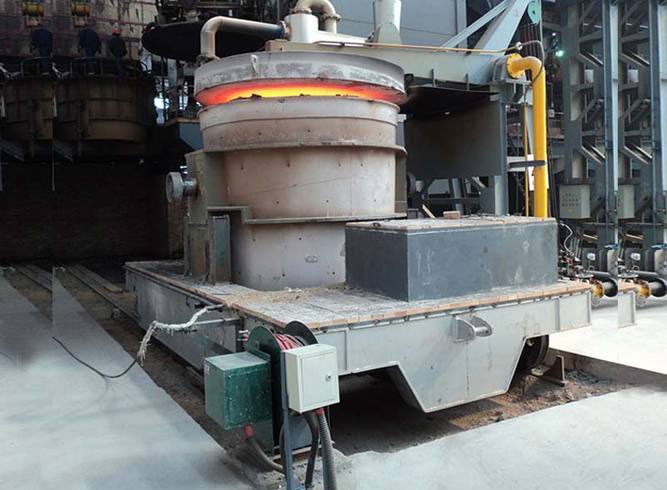Ladle furnaces are vital in the steelmaking industry. Ladle furnaces, also known as ladle refining furnaces, ladle arc furnaces, or ladle metallurgical furnaces, are specialized industrial furnaces that have revolutionized the steelmaking process.

In the context of ladle furnace steelmaking, the ladle furnace process is a multifaceted operation. Its working principle revolves around the use of electric arcs. Electric arcs are created when molten steel is transferred from the main steelmaking furnace to the ladle furnace. These arcs provide intense heat that is critical to several aspects of ladle furnace operation.
One of the main functions of a ladle furnace is refining. During this stage, the temperature of the molten steel can be precisely regulated. This is important because different steel grades require specific temperatures for optimal production. Additionally, ladle refining removes impurities. Elements such as sulfur and phosphorus that can negatively affect the quality of the steel are reduced to acceptable levels.
Industrial furnace ladles also enable the addition of alloying elements in a controlled manner. This is essential to achieving the desired chemical composition of the steel. For example, the addition of manganese increases the strength and hardness of the steel, while the addition of nickel improves its corrosion resistance.
Ladle furnace operations require skilled operators. They need to monitor various parameters such as temperature, chemical composition and arc intensity. By keeping a close eye on these factors, they can ensure that the ladle furnace process runs smoothly and efficiently.
In short, the ladle furnace is an integral part of modern steelmaking. Its ability to refine molten steel, regulate temperature and control chemical composition makes a significant contribution to the production of high-quality steel products, which are widely used in a variety of applications ranging from construction to automobile manufacturing.

